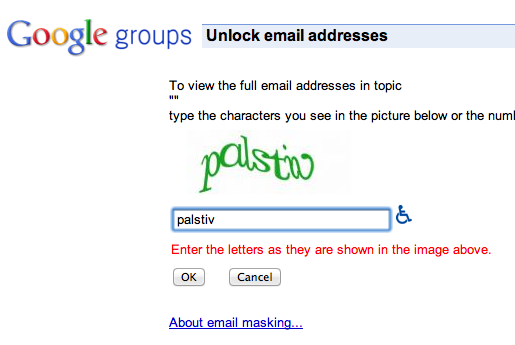Changing Linux Mint to boot off an mdadm raidset
Sunday, October 14th, 2012I installed Linux Mint on a machine, but, wanted to use Raid 1 for the drive. However, even through the custom installation with both drives in place, I saw no way to configure Raid on installation. Since we do this sort of thing quite frequently, I figured I would write a quick guide detailing the proces.
apt-get install mdadm cfdisk /dev/sdb
When you install mdadm, it’ll ask you if you want to boot if the primary boot partition is degraded, i.e. one of the primary drives has failed. You will want to answer Yes to this now, but, can change this later. Since we are creating a Raid-1 partition that is already degraded, it’ll prevent your system from booting. Create your partitions
mdadm --create --run --metadata=0.90 --force --level=1 --raid-devices=1 /dev/md127 /dev/sdb1
We create the raid partition using the old metadata 0.9.0 just in case you ever use a kernel that doesn’t have an initrd.
mkfs -t ext4 /dev/md127 mount /dev/md0 /mnt rsync -aplx / /mnt/ rsync -aplx /dev/ /mnt/dev/ vi /etc/default/grub
Uncomment the line that says: GRUB_DISABLE_LINUX-UUID=true so that it is enabled.
dpkg-reconfigure grub-pc
Make sure grub is written to the second drive.
vi /mnt/etc/fstab
change reference from /dev/sda1 to /dev/md127
Halt the machine, remove the primary drive, make sure grub boots into the raid volume properly. sdb will now become sda. If on boot, grub complains that it cannot find the root disk, or, goes into rescue mode:
insmod normal normal
Then, it should boot. You might need to hit e to edit the command line to set the linux kernel option for root to root=/dev/md127
After the system comes up, run
dpkg-reconfigure grub-pc
to get everything reconfigured properly. It’ll say that it detected a drive that wasn’t in the boot sequence and prompt to rewrite grub. Why mint changes the device to md127, I don’t know.
After you’ve done that, halt, reconnect the old ‘sda’ as ‘sdb’ and bring the system up.
At this point, you are booting off the raid set and we just need to make a few changes to the raid configuration, then, add the other drive to the raid set.
cfdisk /dev/sdb
Change the partition type from 83 to FD. You might need to reboot if your controller doesn’t properly handle the ioctl change and/or tells you that /dev/sdb1 is too small to join the array.
mdadm --grow /dev/md127 --raid-disks=2 --force mdadm --add /dev/md127 /dev/sdb1 echo 40000 > /proc/sys/dev/raid/speed_limit_min echo 100000 > /proc/sys/dev/raid/speed_limit_max watch cat /proc/mdstat /usr/share/mdadm/mkconf > /etc/mdadm/mdadm.conf dpkg-reconfigure mdadm
The last command will show you the progress as the partition is being mirrored. Once this finishes, you should be set.
Reboot your machine and it should come up running Raid 1 on the boot drive.













